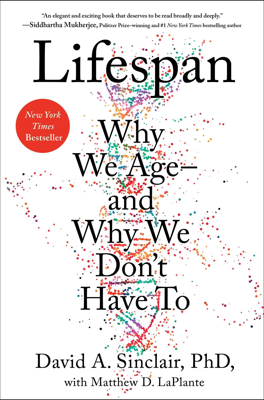Big Steps Ahead
Recent Advances in Anti-Aging Research
Historical Perspective and Perceptions of Aging
The chapter reflects on historical perceptions of aging, likening it to the inevitability of seasons, signifying a deep-seated acceptance of aging as an unstoppable natural process. However, recent insights reveal aging to be more tractable than previously thought, drawing parallels with past medical breakthroughs like sterilization and vaccines, which once seemed radical but later became standard practices that significantly enhanced human health and survival rates.
Molecular Regulators of Aging
Research has identified universal regulators of aging across various species, from yeast to humans. Accessible interventions, such as the molecule NMN, vigorous exercise, and dietary changes, have been found to influence these regulators, suggesting that aging can be controlled more easily than complex diseases like cancer.
Restoration and Control Mechanisms
Senescent Cells and Their Impact on Aging
Senescent cells, which cease to divide but do not die, contribute significantly to aging and age-related diseases through the inflammatory cytokines they release. These cells encourage nearby cells to enter a similar senescent state, exacerbating conditions like heart disease and diabetes, described collectively as "inflammaging." Understanding the evolution of senescence for anti-cancer purposes in youth, while acknowledging its detrimental effects in old age, proposes a framework for targeted anti-aging therapies.
Senolytics and Their Potential
Researchers have developed drugs called senolytics that specifically target and destroy senescent cells to combat aging. Early research indicates impressive results in extending health spans and reducing age-related dysfunction in animal models. Human trials for conditions associated with senescence accumulation, such as osteoarthritis and glaucoma, are underway, hinting at a near-future where periodic administration of senolytics could significantly rejuvenate human tissues and systems.
Advances Towards Reversing Aging
Understanding LINE-1 Retrotransposons
The chapter explores LINE-1 retrotransposons, which compose a substantial part of the human genome and have been linked to aging and cellular instability. As we age, protective mechanisms against these elements weaken, leading to increased genomic instability. There’s optimism that future interventions might control these elements more effectively, potentially reversing aspects of the aging process.
Reprogramming Cells to Youthful States
Pioneering work in cellular reprogramming, led by researchers like Shinya Yamanaka, has shown that aging in cells can be reversed. By re-introducing combinations of specific genes, adult cells can revert to pluripotent states, effectively resetting their age. Experiments in mice have demonstrated potential for these techniques to repair severe cellular damage, regenerate tissues like optic nerves, and even reverse complex conditions such as glaucoma.
Ethical and Societal Considerations of Anti-Aging Technologies
As these anti-aging technologies approach practical application, they raise substantial ethical questions about accessibility, timing of intervention, and the larger impact on societal structures, healthcare, and economic systems. Debates similar to those surrounding vaccines and genetically modified organisms are anticipated as these technologies advance toward mainstream adoption.
Conclusion on Findings and Future Prospects
Overall, recent advancements signify a pivotal shift in our approach to aging, transitioning from acceptance as an inevitable process to treating it as a potentially reversible condition. These developments, from understanding the biological underpinnings of aging to pioneering new medical interventions, promise not only extended lifespans but also significant improvements in the quality of life in later years.
